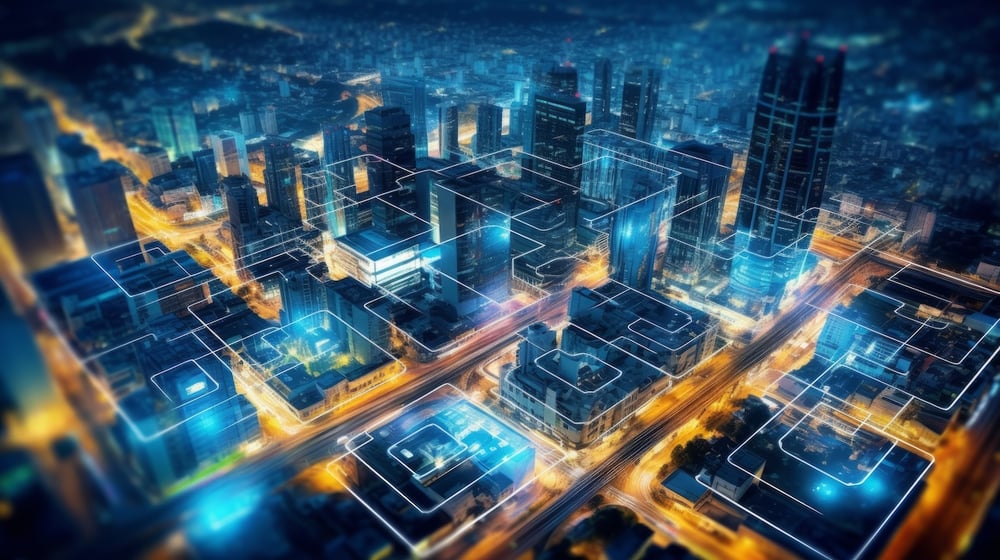
Edge computing has taken on an increasingly prominent role as our society has come to rely on the internet and smart technology for a seemingly endless array of applications. Keep reading to learn more about edge computing and what it means for data centers.
.
What Is Edge Computing?
Edge computing is a distributed computing model, where functions such as data storage and processing occur near the originating data source—a location known as the network edge.
This edge computing definition benefits from a bit of context: Typically, data is processed through large, centralized data centers. However, the physical distance between these data centers and the end user can lead to too much lag in some instances. Edge computing addresses this problem by moving the data center closer to the end user; edge computing may also connect to centralized servers. To the end user, the whole system will appear seamless.
Examples of Edge Computing at Work
The benefits of edge computing have made this a growing area of focus. Because of the computing speed this distributed model supports, edge computing is particularly beneficial whenever you need a real-time response.
Edge computing works much better than a traditional centralized system when it comes to use cases like:
-
- Security systems: Smart security systems allow homeowners and building managers to unlock doors, check motion-triggered footage, and more—all through a mobile app. When you’re standing outside the door, waiting for it to unlock—or when there’s the possibility of a threat—you don’t want to experience a lag in the system. You want immediate data processing, and that’s possible through edge computing.
- Autonomous vehicles: Also known as “self-driving cars,” autonomous vehicles are no longer science fiction. These vehicles are on the road, and the market is expected to more than double from 2021 to 2025. These vehicles need to sense many aspects of their environment and respond in real time by braking, accelerating, changing lanes, and making turns. That’s only possible through low-latency processing, powered by edge computing.
- IoT sensors: The Internet of Things (IoT) has turned many everyday objects and appliances into smart devices that gather and share data. For example, in a manufacturing facility, sensors may be used to track equipment performance and predict maintenance needs. Edge computing allows for real-time data collection and reporting in these instances. In fact, in a 2019 survey, the manufacturing industry showed the most interest in adopting edge computing.
- Virtual reality: Virtual reality (VR) is popular in the world of online gaming, but its applications are broadening substantially. From VR training for professionals to social interactions in the metaverse, this technology is meant to be immersive. Lags in performance compromise the sense of realism, making edge computing a necessity.
These are just a few of the ways edge computing can be used. Whenever minimal latency is a priority or the end user is far from a centralized data center hub, edge computing bridges the gap and empowers fast, reliable performance.
What Role Do Data Centers Play in Edge Computing?
Edge computing relies on data centers that are strategically placed near the location where data is being processed or stored in real-time. Edge data centers are defined by their position relative to the source, so you may find these facilities vary when it comes to factors like size and computing capacity.
Generally though, edge data centers are more compact compared to centralized hyperscale data centers. Because their function is more specialized, they don’t need to be expansive. They simply need enough IT capacity to handle the localized applications for which they were designed.
A popular option is an all-in-one modular data center (MDC). These data centers are self-contained, making it easy to deploy them in any location that makes sense—a parking lot, a field, a warehouse—with little prep work or support infrastructure needed.
Want to learn more about MDCs? Check out our popular resource, The Complete Guide to Modular Data Centers.



Comments